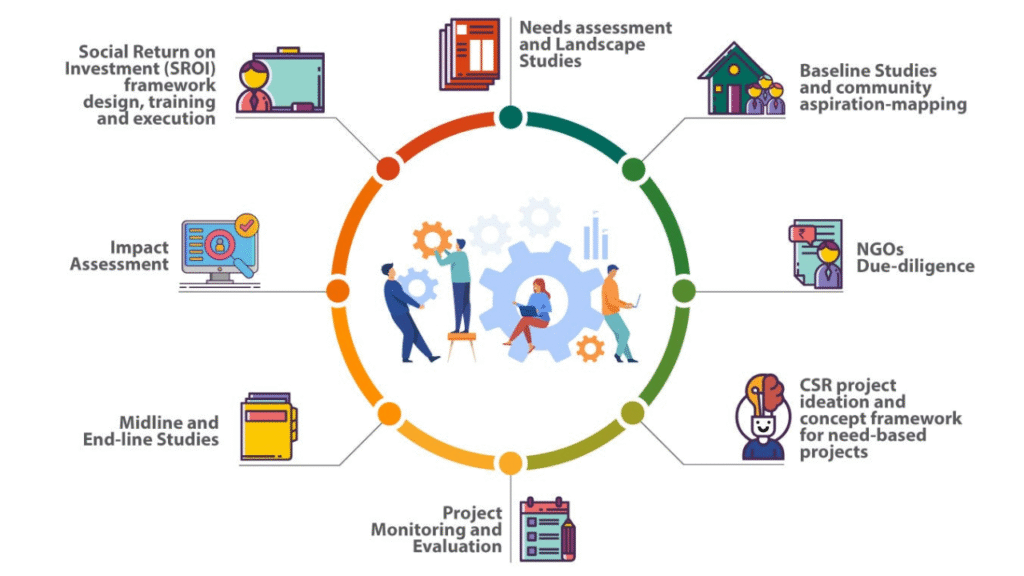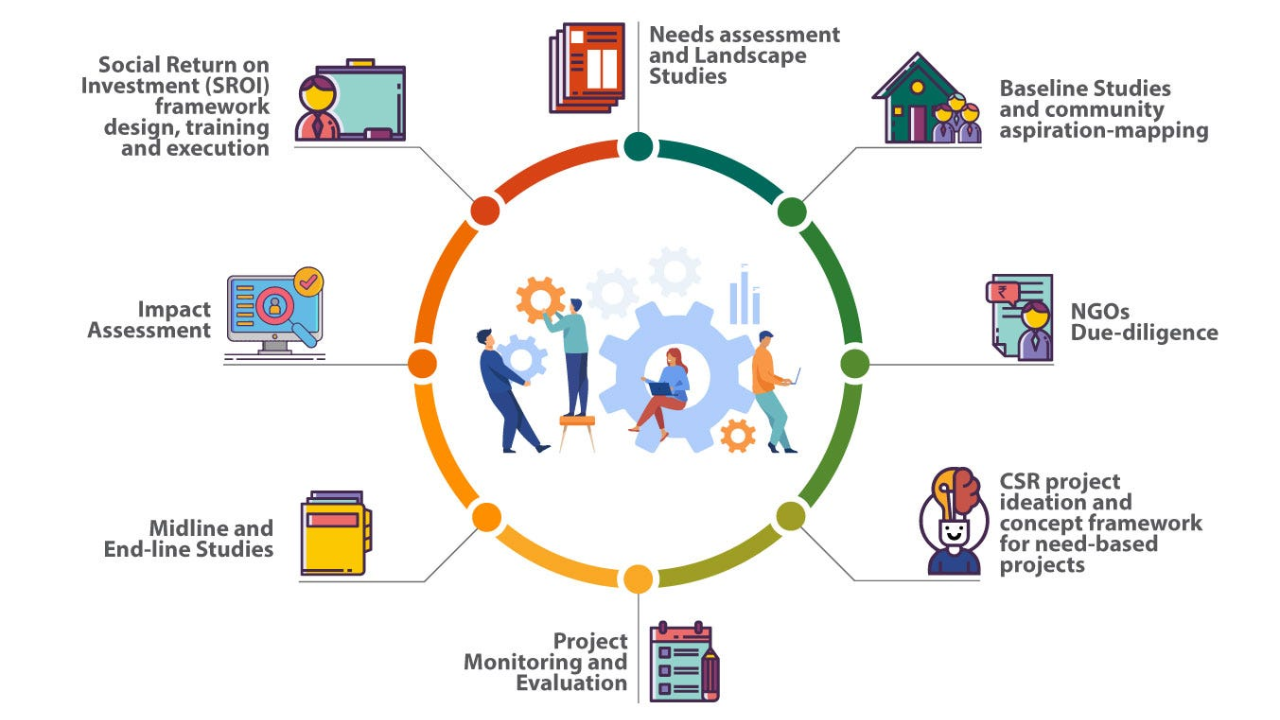
For small NGOs, the board of directors isn’t just a formality—it’s the engine behind strategic decisions, accountability, visibility, and long-term sustainability. A strong board brings wisdom, connections, and oversight to help guide your organization as it grows. But building an effective board from scratch can be challenging without a clear understanding of roles, recruitment strategies, and structure.
This article offers practical guidance for small NGOs to create a dynamic, purpose-driven board that adds value—not bureaucracy.
Overview Table: Key Elements of NGO Board Formation
| Component | Purpose |
|---|---|
| Defined Roles | Clarifies board members’ duties and avoids overlap |
| Diverse Skill Sets | Ensures the board can support finance, strategy, fundraising, and more |
| Structured Recruitment | Attracts mission-aligned, qualified individuals |
| Governance Framework | Provides bylaws and policies to guide board functioning |
| Onboarding & Orientation | Prepares new members for active and informed participation |
| Regular Evaluation | Keeps the board effective, relevant, and accountable |
1. Understanding the Board’s Core Roles
An NGO board has three main functions: governance, oversight, and support. It should not get involved in day-to-day operations (that’s the staff or volunteers’ job) but instead provide guidance and accountability.
Key Responsibilities:
- Approve mission, vision, and strategic plans
- Oversee financial health and budgets
- Hire and evaluate the Executive Director (if applicable)
- Ensure legal and ethical integrity
- Support fundraising and public relations
Bonus Role:
Acting as ambassadors and connectors to new networks, donors, and partners.
2. Essential Board Positions and Duties
Every board needs a defined structure to function efficiently. Here are the core officer roles typically needed:
| Position | Primary Duties |
|---|---|
| Chairperson | Leads board meetings, sets agenda, supports the NGO leader |
| Vice-Chairperson | Supports the chair and steps in when necessary |
| Secretary | Maintains minutes, records, compliance, and communication |
| Treasurer | Oversees financials, budgeting, and risk management |
| General Members | Participate in decision-making, fundraising, and committee work |
Start with 5–9 members for a small NGO—enough for diversity without becoming unmanageable.
3. Recruiting the Right Board Members
Building a board isn’t just about filling seats—it’s about attracting people who believe in your mission and have the skills to help it thrive.
Steps to Recruit Effectively:
- Create a Board Recruitment Matrix to identify the skills you need (e.g., legal, fundraising, marketing, policy, education).
- Write a clear board member role description, outlining expectations such as meeting attendance, fundraising, and term length.
- Reach out to trusted networks, alumni, professionals, and even volunteers who’ve shown dedication.
Tip:
Prioritize passion for the cause over prestige. A committed local teacher may add more value than a disengaged CEO.
4. Creating a Functional Governance Structure
A small NGO board should be governed by a set of basic yet formal rules that establish how it operates.
Key Governance Documents:
- Bylaws: The legal document outlining structure, powers, and procedures.
- Board Policy Manual: Describes board responsibilities, ethical guidelines, and conflict of interest rules.
- Meeting Schedule: A fixed calendar for board meetings (quarterly is typical for small NGOs).
Add standing or ad-hoc committees to streamline specific tasks—such as fundraising, finance, or programming.
5. Onboarding and Orienting New Members
Many boards fail because members don’t fully understand their role or the NGO’s needs. Effective onboarding bridges that gap.
Onboarding Checklist:
- Provide a board handbook with your NGO’s mission, programs, financials, and strategy
- Conduct a walk-through session or tour of your organization and community work
- Introduce them to key staff, volunteers, and other board members
- Set clear performance expectations—e.g., fundraising minimums or committee work
Well-oriented members are more confident, involved, and proactive from day one.
6. Evaluating and Evolving Your Board
Your board’s effectiveness should be reviewed just like any other part of your organization.
Evaluation Tips:
- Use annual self-assessments to gather feedback on participation, decision-making, and leadership
- Track attendance and engagement
- Review skill gaps as your organization grows—add new members accordingly
- Set term limits (e.g., 2–3 years) to encourage fresh ideas and avoid stagnation
Case Example:
| Challenge | Solution | Result |
|---|---|---|
| Limited fundraising experience | Recruited a marketing director and NGO donor | Boosted donations by 40% |
| Lack of legal oversight | Added a pro-bono lawyer to the board | Improved compliance and risk review |
| Low engagement from 2 members | Initiated a rotation system with term limits | Created space for more active voices |
3 Best One-Line FAQs
1. How many board members should a small NGO have?
Start with 5 to 9 members to ensure diversity without becoming unmanageable.
2. What skills should you look for in board members?
Finance, fundraising, legal, community engagement, strategy, and communications are key.
3. Should board members be involved in fundraising?
Yes, all members should support fundraising efforts either through personal giving or outreach.
Conclusion
Building a strong board for your small NGO is one of the most strategic investments you can make. The right board will guide your mission, unlock opportunities, support leadership, and uphold accountability. With a structured recruitment process, clear roles, and a commitment to transparency, your board will not only govern effectively—it will actively help grow your impact.

